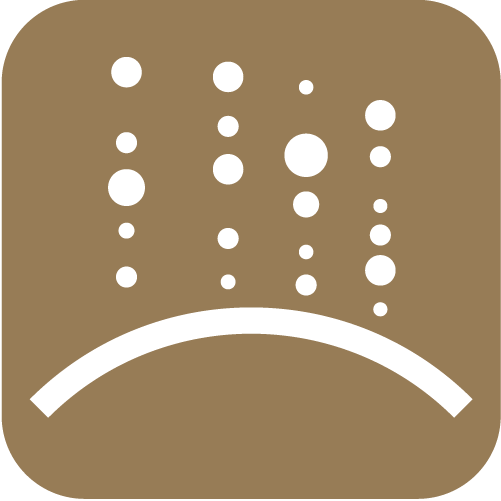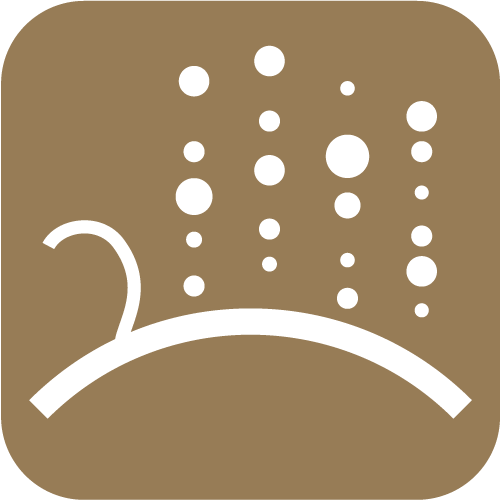Our Surgeon is one of the first surgeons currently practicing in Canada with pioneering experience in Femtosecond laser technology since the first generation was introduced clinically in 2002. It is an extremely accurate, ultra-fast laser that functions at one quadrillionth (*10-15) of a second that allows tissue to be separated without damaging the surface and surrounding tissue. Our clinic currently uses the most recent and most sophisticated generation of Femtosecond lasers that can now go beyond creating a simple flap.
How Femtosecond Laser Technology Works
This generation of lasers delivers rapid pulses of light through the surface of your cornea to a customized set of pre-programmed depths and positions within the cornea to create a microscopic bubble at each site. The laser moves across your eye creating a layer of microscopic bubbles that connect to form a custom sculpted corneal flap that compensates for natural variation in your corneal thickness, and the shape and size of your eye. This level of customization will also optimize the structural features of the edge of your corneal flap to enhance post-operative flap-adherence.
Benefits to You
• A custom sculpted corneal flap of the optimal thinness and structural configuration for your unique eyes and refractive error enables superior post-operative vision because it will accurately reflect the characteristics of the meticulously reshaped cornea below.
• A thinner more reproducible flap produced by a laser allows for more untouched residual corneal tissue and therefore a more structurally sound cornea compared to a flap created by metal blades, which is the original standard practice. As such a laser flap is safer and better for the health of your eye.
• It allows for a completely blade-free surgical procedure which eliminates complications associated with flap creation using traditional metal blades, such as partial flaps, severed flaps, ocular entry and button holes.
• The unique depth and position of each bubble is pre-programmed by our surgeon to create the optimal flap for your unique eyes ensuring superior results.
• The ability to create an ultra-thin flap compared to what is achievable with metal blades means that patients with thinner corneas may still be candidates for laser vision correction.
• Fewer long term flap-related complications due to enhanced post-operative flap-adherence compared to that achievable with traditional metal bladed flaps.
• The precision of the laser allows for fewer induced aberrations (new visual distortions) to the cornea compared to that achievable with metal bladed flaps.





